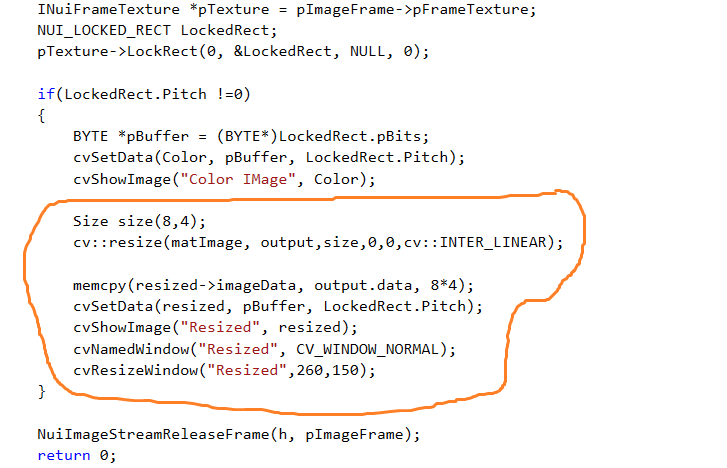


Res = cv.resize(img, (2*width, 2*height), interpolation = cv.INTER_CUBIC) The image size can either be specified manually (dsize), or scaling factors can be passed along the corresponding image axes: fx, fy. In Python: dst = cv2.resize( src, dsize]]] ) In C++: void resize(InputArray src, OutputArray dst, Size dsize, double fx=0, double fy=0, int interpolation=INTER_LINEAR ) OpenCV uses the function to accomplish this task resize(). Img = cv2.cvtColor(img, cv2.Resizing (scaling / scaling) is a very commonly used method when working with images. Img = cv2.imread("C:/Users/pnagaraj/Pictures/opencv/flower.jpg") In case, if you have already read the image, then you can use the cvtColor() function to convert the color image to White and Black. Img = cv2.imread("C:/Users/pnagaraj/Pictures/opencv/flower.jpg", cv2.IMREAD_GRAYSCALE) To make the above image to black and white then we need to provide the "gray" as value for cmap for imshow() function. I explained in the last article why the above image is not black and white, by default imshow() will not pick any color mapping (cmap), so we see the image in the Viridis color scale.
Cv2 resize image verification#
Img = cv2.cvtColor(img, cv2.COLOR_BGR2RGB)Īfter processing the images, we need to save them on the file system so that we can use it for verification purposes. img = cv2.imread("C:/Users/pnagaraj/Pictures/opencv/flower.jpg")
Cv2 resize image code#
ENUM_COLOR_CODING : From which color code to which color that image has to be converted.image_to_convert : The image that we want to convert from one color-coding to other.Syntax: img = cv2.cvtColor(image_to_convert, ENUM_COLOR_CODING) We can convert the image using cvtColor() function present in OpenCV. To get the original RGB color, we need to convert the BGR image to an RGB image. Because of this reason, wherever the RED is there, It will be treated as BLUE in OpenCV by default. So when OpenCV read the Image as Matrix/Array, the position of the RED color as BLUE color. Matplotlib treats the image with RGB so that it is providing the same image. OpenCV treats the images as BGR color, but in actual, all the images are RGB colors.

Matplotlib produced an exact image as Original, but OpenCV changed some colors and opened the image. I hope you find the difference between images opened by matplotlib and OpenCV compared with the original image. We can use the imread() function to read the image files in OpenCV. import cv2Ĭv2 is the module that we need to import for the OpenCV. Import statements:īelow are the import statements that we will be using throughout the article so that I will be skipping the imports in my program, but you should if you are working with an IDE. However, as we are moving forward, we will be using the OpenCV directly to read the images. Img = Image.open("C:/Users/pnagaraj/Pictures/opencv/flower.jpg") In the numpy Images relation chapter, we have learned to open the images with the help of PIL and Numpy, matplotlib.


 0 kommentar(er)
0 kommentar(er)
